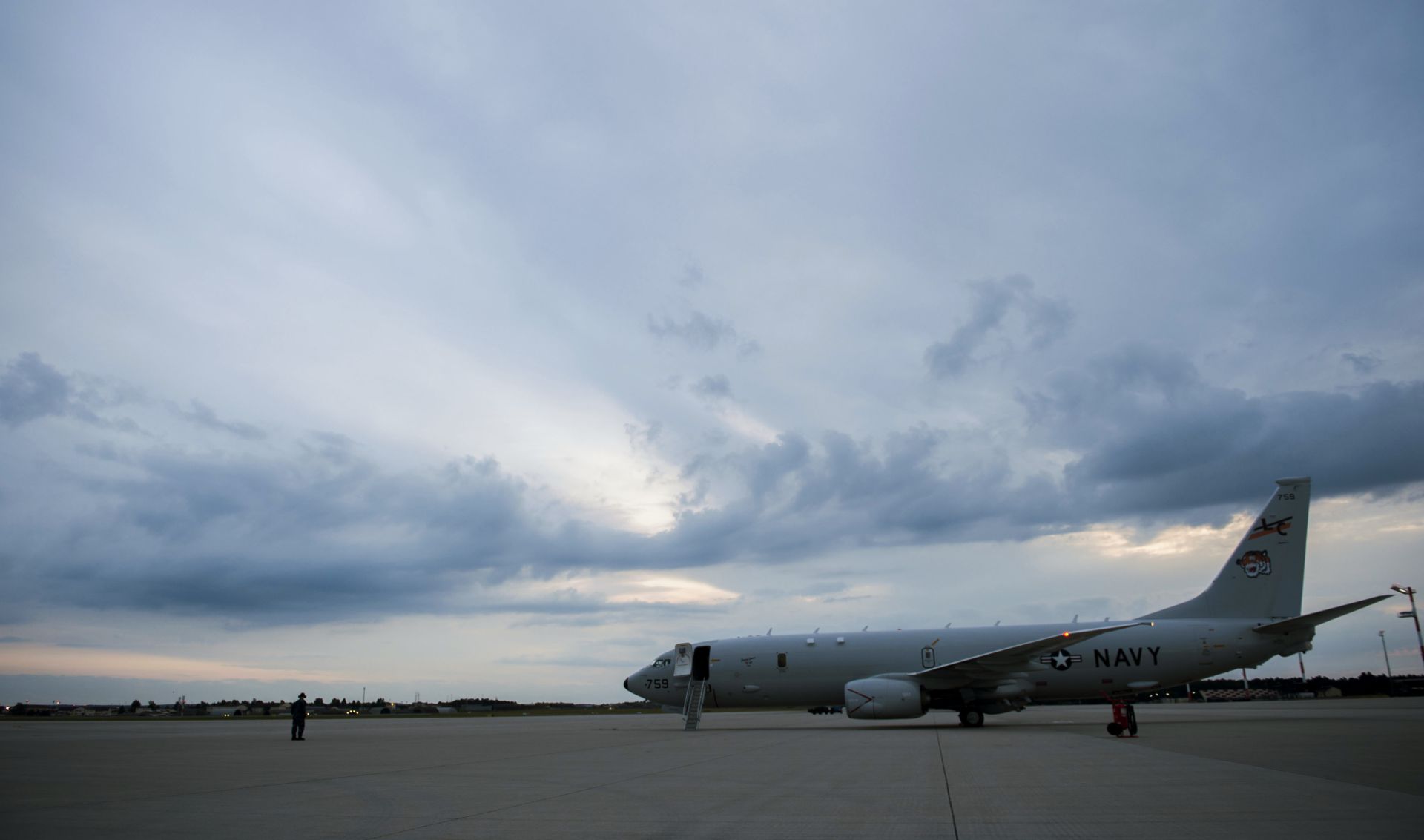The U.S. Navy accepted its 50th P-8A Poseidon aircraft at the Naval Air Station (NAS) Jacksonville, Florida today. The Navy’s Poseidon is replacing the legacy P-3 Orion and will improve an operator’s ability to efficiently conduct anti-submarine warfare; anti-surface warfare; and intelligence, surveillance, and reconnaissance missions. The P-8A program of record calls for a total requirement for 117 of the 737-based anti-submarine warfare jets.
“I’d like to formally thank the team, including PMA-290, Boeing and our entire P-8A industry team, as we deliver the 50th P-8A Poseidon early and under budget,” said Capt. Tony Rossi, the Navy’s program manager for Maritime Patrol and Reconnaissance Aircraft. “This milestone demonstrates outstanding work ethic, professionalism and dedication to the fleet.”
“The P-8A is special,” added Rossi. “This is the first time a Navy combat aircraft was built from the ground up on a commercial production line. We’ve leveraged commercial expertise and experience, and a highly reliable airframe, the 737, which has reduced production time and overall production costs.”
Since the initial contract award, the program has reduced P-8 costs by more than 30 percent and has saved the U.S. Navy more than $2.1 Billion.
“Together, we and our industry partners are transforming today’s maritime patrol and reconnaissance force for the evolving threats and diverse mission requirements,” he said. “This replacement for the P-3C builds on lessons-learned, while enhancing those capabilities with unique features, such as an electro-optical/infrared (EO/IR) sensor turret and increased acoustic processing capability with 64 passive sonobuoys, 32 multistatic sonobuoys and concurrent passive and active processing.”
The fleet’s transformation from the legacy P-3C to the P-8A is expected to be completed by Fiscal Year 2019.
As of April 2016, all six active and one fleet replacement squadron at NAS Jacksonville have completed their fleet transition training from the P-3C to the P-8A and the first west coast P-8A squadron, VP-4, has relocated its home port from Kaneohe Bay, Hawaii to NAS Whidbey Island, Washington. All squadrons will complete transition training by Fiscal Year 2019.










